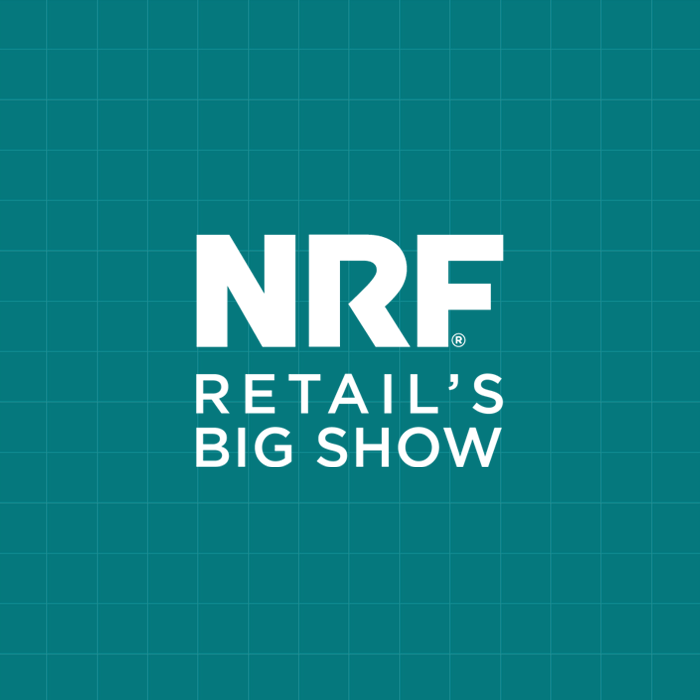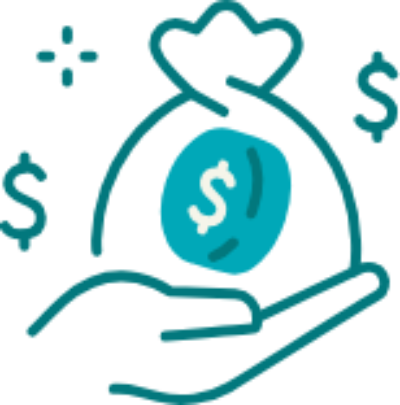RETURN: Initializing the process
The returns process begins with customer support. Warranty management and product support are often outsourced. Contracts for asset transportation are often managed by this group that manages product returns. Throughout the reverse logistics cycle, an asset may be moved more than seven times — sometimes oversees and back in containers.







